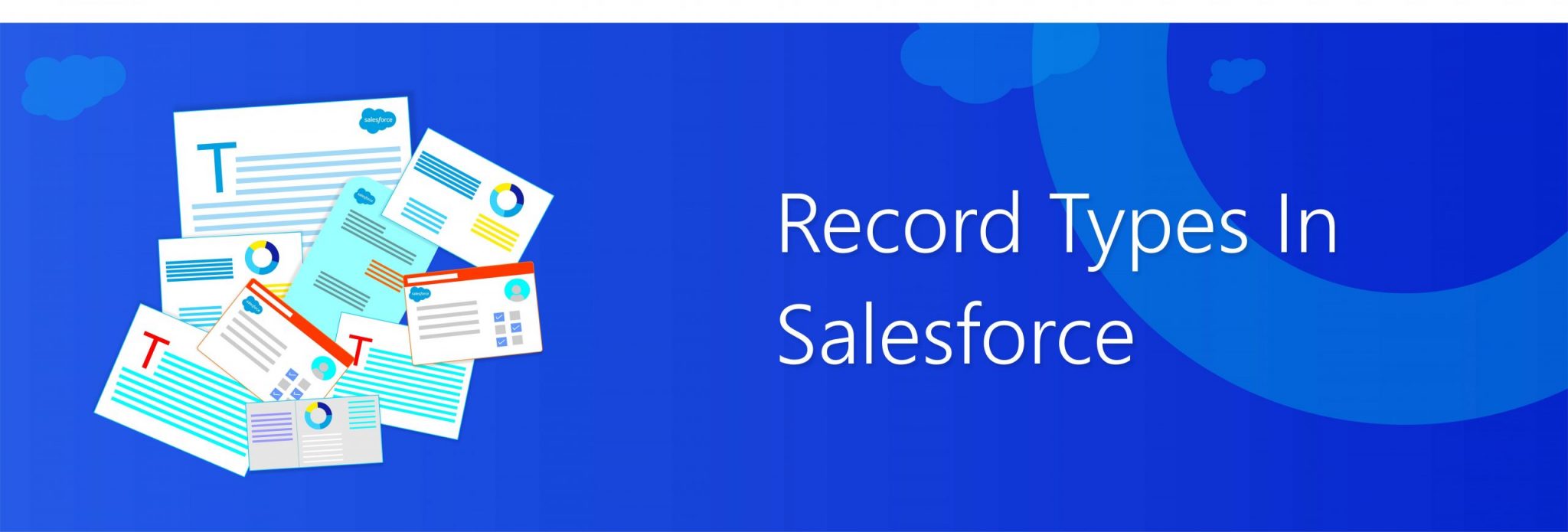The need for business automation has increased substantially in recent years. All business organizations are diversifying at an astonishing rate, making the market more competitive than ever. This has also resulted in newer businesses entering the market and coming up with enhanced services. Due to this competition, customers have become more demanding, i.e. they ask for more specific and personalized services. Moreover, the number of customers catered by a business enterprise has also increased over a period of time.
This has resulted in business houses catering to more number of customers and performing more specific business processes. Today, average business deals with hundreds of customers on a daily basis. Every day, new customers are acquired, new deals are struck, old customers are persuaded and personalized services are provided to every single customer. It is humanly impossible to perform all these tasks using the older traditional methods pertaining to Customer Relationship Management (CRM).
In order to solve this issue, new and improved business CRM software platforms have been introduced in the market to help sales representatives managing CRM in a more efficient manner. Of all these platforms, Salesforce has been the most prominent and consistent platform that has served business pertaining to all operational scales for more than twenty years.
Salesforce has created a niche in the market by providing a high degree of automation in all marketing and sales activities. It essentially helps the sales team of an organization to record, store, process, organize and analyze the valuable customer database. Right from acquiring customers by generating leads to keeping organized records of all the customers associated with the business, Salesforce helps a business organization to save time and efforts their employees spend in managing the sales-related activities.
One of the biggest advantages of Salesforce as a CRM platform is the fact that it is highly customizable. A Salesforce development company would use specific Salesforce tools, components, platforms, and add-ons to develop a platform that suits the specific needs and requirements of the clients. One such important Salesforce tool that helps Salesforce users in automating sales activities and managing customer records is Salesforce record type.
However, before diving into more details pertaining to this important tool, it is important to answer the question, “What is a record type in Salesforce?”
Also, Read: Page Layouts and Record Types in Salesforce
What Is A Record Type In Salesforce
A Salesforce record type is the tool that helps a Salesforce user in configuring various business processes, assigning suitable page layouts and in pick-listing important values. You can link specific Salesforce record types with various user-profiles and perform relevant sales activities as required. Here are some of the key uses of the record types in Salesforce:
1. Based on definitive criteria, record types can be used for creating a page layout in Salesforce belonging to a specific Salesforce object.
2. Record types can be used for displaying various pick-list values according to specific user criteria.
3. Record types can be used to efficiently manage different divisions belonging to the same Salesforce instance.
4. Record types can be used to selecting appropriate layouts on the basis of pick-list values.
A major advantage of using Salesforce record types is the fact that they can allow you in achieving important functionalities without having the need for using custom Apex code or Visualforce pages. You can get important tasks completed simply by defining and using the Salesforce record type you need.
Why Should You Use Record Types In Salesforce?
The primary reason behind a Salesforce operator using record types is that they allow the users to customize the features pertaining to both custom and standard Salesforce objects. Every business organization prefers using Salesforce objects according to their requirements and the record types help them in tailoring the platform according to their preferences. Users can also create multiple record types for a specific Salesforce object.
Also, using a record type does not affect the security pertaining to that record level. This implies that if a Salesforce user does not have the permission to view and click edit a Salesforce object, the permissions (or the lack of them) will not change on them using a Salesforce record type for that object.
Using Salesforce record types also helps a business in managing more than one division of the same Salesforce instance. For example, if you run a business that has sports goods and clothing as two different divisions, you can manage the access of your sales team members to the records pertaining to each of the two divisions using appropriate Salesforce record types. However, senior management will be able to view a sales pipeline that is consolidated.
How To Create A Salesforce Record Type?
The option to create Salesforce record types is available in both Salesforce Classic and Salesforce Lightning versions. Users having subscribed to the Professional, Performance, Enterprise, Unlimited and Developer editions of Salesforce will be able to create record types.
As a Salesforce user, it is advisable to include all the anticipated values pertaining to record types in the master list of your pick-list before you start creating the record types as the master pick-list contains all the pick-list values that can be used in any record types created on Salesforce.
Here are the basic steps involved in creating a Salesforce record type:
1. Start by going to the Management Settings pertaining to the object you want to create the record type for and select the option of “Record Types”.
2. Click on the option that says “New”.
3. You will now obtain the “Existing Record Type” dropdown menu. Choose the option that says “Master” from the menu, which would copy all the pick-list values available to you. You can also go ahead by choosing a pre-existing record type which would result in the cloning of its pick-list values.
4. Now, proceed by entering a unique Record Type Label within the chosen Salesforce object.
5. Now, enter the name of the record type you want to create. The “Record Type Name” essentially refers to the component that prevents the naming conflicts on package installation while using the Web Services API.
6. If you are creating a lead, opportunity, case, or solution record type, choose the business process you want to correlate with your record type.
7. Enter the description for your record type.
8. Now, activate your record type by clicking on the option of “Active”.
9. Once you have activated your record type, connect it with users of the profile of your preference by selecting the option of “Enable for Profile”. If you want to enable the record type to all the profiles, click on the checkbox present in the header row.
10. Now, you will need to make your record type the default record type for the users of the selected profile(s) by selecting the option of “Make Default”. Select the checkbox present in the header row to make your record type default for all the profiles. Once done, click on “Next”.
11. Once your record type is made default for the selected profile(s), you will need to choose a page layout option. This will help you in determining what is displayed by the chosen page layout for the Salesforce records pertaining to your record type.
12. If you want to apply a single page layout for all your profiles, click on the option of “Apply One Layout To All Profiles”, followed by choosing the suitable page layout from the dropdown list.
13. If you want to apply varied page layouts according to the user profiles you selected, click on the option of “Apply a Different Layout for Each Profile”, followed by choosing a suitable page layout for each of the profiles.
14. Once you are done choosing the page layout, click on the option of “Save” to go ahead and click edit the values pertaining to the standard and custom pick-lists available for your record type.
15. This ends the process of creating Salesforce record types. If you want to create a new record type, click the option of “Save and New”.
Limitations Of Salesforce Record Types
Here are some of the major limitations with regards to Salesforce record types that you should keep in mind as a Salesforce user:
1. If a Salesforce object is referenced in Apex, you will not be able to edit or delete record types that belong to that object.
2. If a record type is being used by an email routing address for the purpose of On-Demand-Email-To-Case or Email-To-Case, you will not be able to deactivate that record type.
3. It is advisable to not create more than 200 record types for a business organization as there are high chances of the system not being able to process and manage the same.
4. The pick-list fields pertaining to Opportunity Stage, Solution Status, Lead Status, and Case Status are not available for any Salesforce record type.
5. The campaign member pick-lists pertaining to salutation, status, and lead source are not available for any Salesforce record type.

 +1 561 220 0044
+1 561 220 0044 +61 255 646464
+61 255 646464 +91 909 080
3080
+91 909 080
3080

